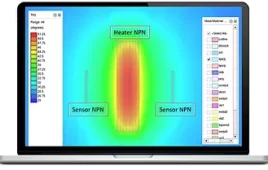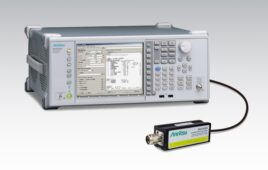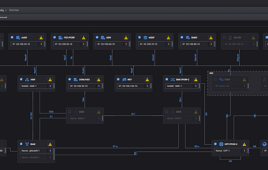Sprint is aiming to boost Wi-Fi security with the release of its new “Secure Wi-Fi” app. The carrier last week said the app, once enabled, will automatically send customers a pop up alert when they are about to connect to an unsecure Wi-Fi network, and offers protection via the encryption of critical information.
The app is preloaded on to all Sprint Android devices, but is also available for download via Google Play or the iTunes Store, Sprint said. It costs $1.99 per month or can be used on a 24-hour day pass for 99 cents.
Huawei released its 4.5G and 5G-oriented antenna solutions at the 2016 Global Mobile Broadband Forum, including the FDD/TDD Converged Antenna, GDP+ series antennas, 3D Hexa-beam antenna, and Digital Antenna System. The new antenna systems feature maximized network efficiency, simplified site structure, and efficient O&M.
The new GDP+ series antennas support at a minimum two low and two high bands to a maximum of four low bands and six high bands, without increasing the antenna size or flexible support deployment requirement of global operators. Huawei said the FDD/TDD converged antenna is the industry’s first highly integrated antenna to boast 22 ports, three times the port density of a traditional antenna. It can be used to replace current antennas that support FDD and TDD, the company said. The 3D Hexa-beam antenna uses three antennas to support 18-sectors and increase capacity by 3.5 times in hot spots.
Ossia, the company behind the Cota remote wireless charging technology, this week said it passed key FCC tests for safety and interference in third-party lab testing.
The tests showed that when powering a device remotely, Cota was proven to pass the same safety thresholds for Wi-Fi and Bluetooth operations as the FCC requirements for safety and interference, a level of performance necessary to advance the approval process. Cota’s remote wireless charging technology met the permissible exposure rates set by both U.S. and global standards. The exposure and interference test was conducted by Northwest EMC, Ossia said.
Ossia CTO Hatem Zeine said the tests are a “great win” for licensees since they “reduce the hurdles on integration of Cota into their devices and systems.”
Movius has announced its new app for iOS and Android, with multi-line device support, a new and improved Movius Management Portal, and more detailed analytics for enterprise users.
Movius now supports two business lines on one device in addition to the native line, so businesses can provision and own multiple company-issued numbers on an employee’s personal device. Each phone line is completely independent, with separate contacts, call and message logs, call recording, and visual voicemail, and lines can work simultaneously. Users can add, delete and import contacts anytime. The company said the app works with any carrier, and makes use of all communication channels, starting with cellular voice and falling back to Wi-Fi and mobile data.
Movius said it is also rolling out a new Movius Management Portal, giving IT managers more control over mobile usage and costs through the incorporation of more granular insights and dashboards that show near-real time voice, messaging, and data consumption associated with work.




